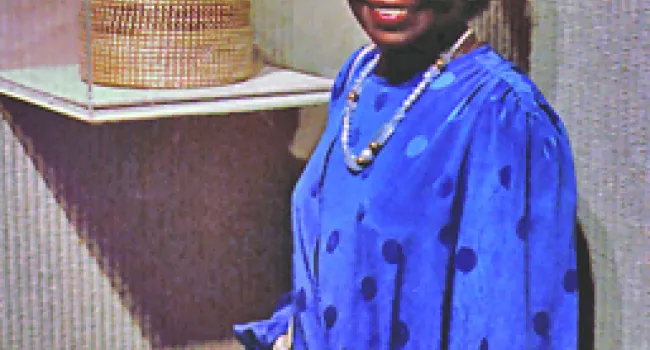
Audio
John Derrick talks about why his baskets are unique.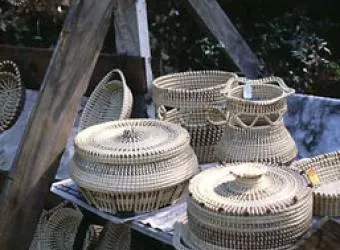
Basketmaking in South Carolina reflects the blending of Native American, European and African traditions to create two predominate types of baskets - the coiled baskets of the Lowcountry and woven baskets of the Piedmont and Blue Ridge. Native Americans used river cane to plait baskets, mats and fish traps. Europeans maintained Old World techniques and forms, adapting them to new materials like white oak to weave their harvest baskets and clothes hampers. On the coast, enslaved Africans brought their knowledge of rice production and introduced coiled basketry using local sweetgrass, bulrush, palmetto, and pine needles. Today, traditional basketmakers have adapted their forms to a changing market and most baskets are made for decorative use.
Content is provided by McKissick Museum, University of South Carolina.
For further information about any of the artists featured on Digital Traditions, send your questions and comments to hallagan@mailbox.sc.edu.

Audio
John Derrick talks about why his baskets are unique.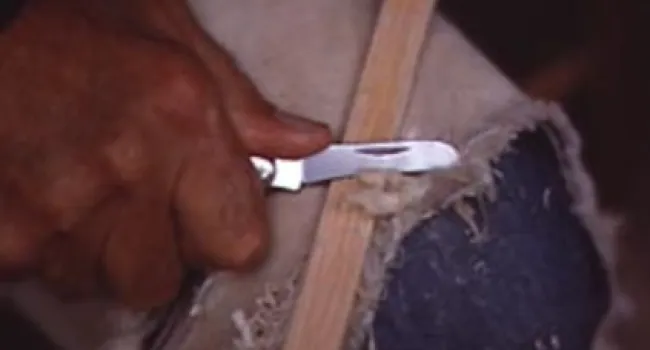
Audio
John Derrick talks about where to find the ideal white oak for splitting.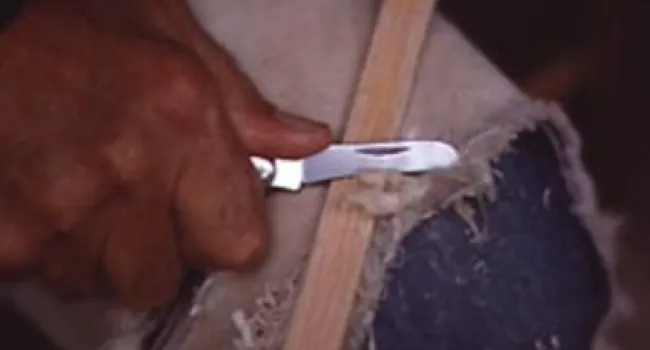
Audio
John Derrick explains why learning to split wood is the most difficult aspect of basket making.
Audio
Derrick judges by the length of the wood what size to make a basket.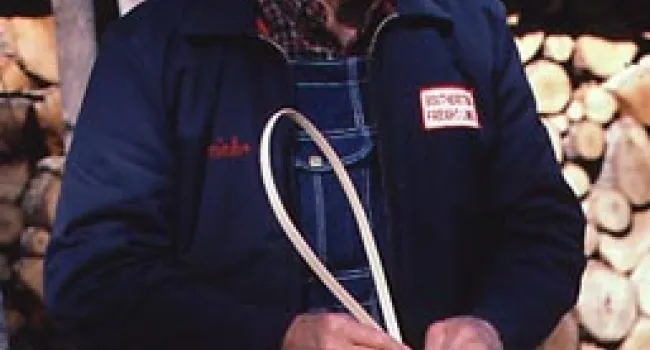
Photo
A native of Leesville (Lexington County), Derrick came from a long line of basketmakers. His grandfather, William Derrick, farmed and made baskets in the Saluda River bottoms where Lake Murray is...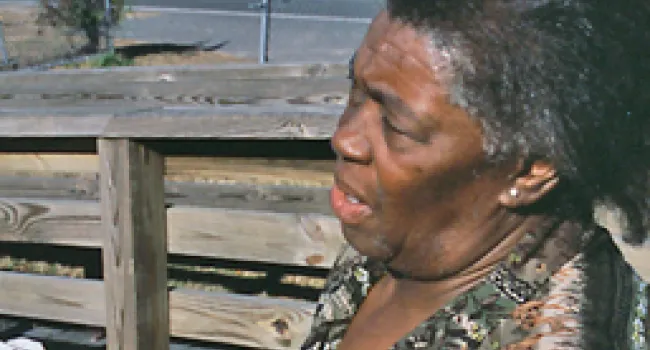
Photo
Brown was no stranger to sweetgrass basketmaking. She was part of a family of eight generations of basket makers, with four of those generations still practicing today. Harriet made baskets for over...
Audio
Interviewed by Dale Rosengarten Florence Mazyck discusses the variety of natural materials that can be used for the baskets.
Audio
Interviewed by Dale Rosengarten Florence Mazyck discusses the amount of time it takes for bulrush to dry.